Booth B34
Art Toronto
Shuvinai Ashoona lives and works in Kinngait. Her drawings imagine the past and present fused into a prophetic future and feature human-animal hybrid creatures, women birthing worlds, and mystical or other-worldly landscapes clearly inspired by the terrain of her northern home.
Clovis-Alexandre Desvarieux draws from the narrative universe of important Haitian masters and incorporates influences from Western art movements such as abstract expressionism and cubism. For Art Toronto, he has produced a very personal series of paintings after a life-changing experience in Haiti and presents his vision for the future.
A self-taught artist, Allie Gattor’s latest collection presents a deeply personal exploration of pregnancy and the transformative journey into motherhood. Through her signature blend of humour, vulnerability, and keen observation, these drawings reveal the joys, challenges, and surreal moments of this profound life change.
Drawing on current and ancient realities, Moridja Kitenge Banza revisits parts of his history, reappropriating the codes of religious, cultural, political, social and economic representations to highlight the contradictions that construct his identities.
Now installed on one of the slopes of Mont Saint-Hilaire, David Lafrance’s studio expands beyond its walls: outside and in nature. Lafrance’s new artworks bear witness to closely scrutinized nature as he kneels down in the garden to contemplate its slow rhythm.
Manuel Mathieu is a multi-disciplinary artist, working with painting, ceramics, film, and installation. Mathieu’s interests are partially informed from his upbringing in Haiti and his experience emigrating to Montréal at the age of 19. His art investigates themes of historical violence, erasure, resilience and cultural approaches to physicality, nature and spiritual legacy.
Cindy Phenix is renowned for her expressive visual language rooted in compassionate exploration and eco-feminist discourse. Inspired by inclusive discussion groups, her art features enigmatic figures challenging power dynamics, societal complexities, and ecological crises.
Michaëlle Sergile is an artist and curator working mainly on archives from the postcolonial period from 1950 to today. Her artistic practice aims to understand and to rewrite the history of Black communities, and more specifically of women, or communities living in diverse intersections, through weaving.
In her research, Karen Tam interrogates the status of cultural objects, examines the relationship of history to community, and highlights the intersecting impacts of trade and artistic production. Questioning and playing off notions of authenticity and the copy, Tam here re-interprets the Chinese tradition of dreamstones.





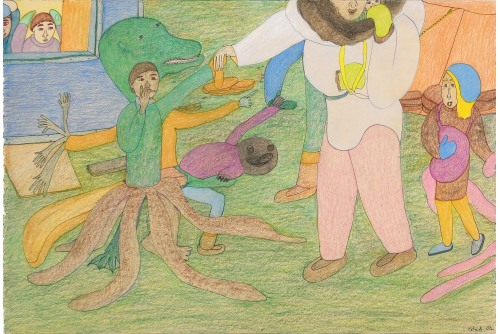
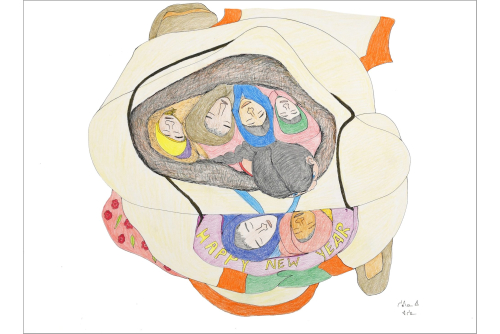
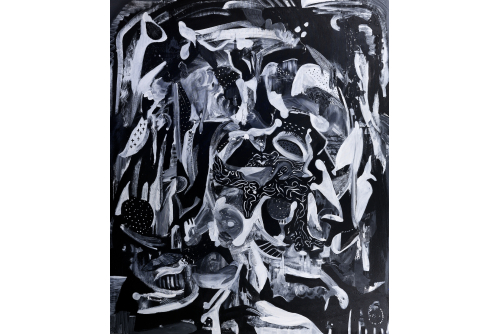
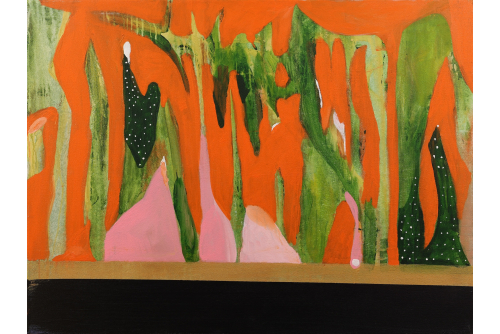
![Allie Gattor, Daughter, 2024
Pen, ink, and coloured pencil on paper [FRAMED]
57.2 x 76.2 cm (22.5” x 30”)
Allie Gattor, Daughter, 2024
Pen, ink, and coloured pencil on paper [FRAMED]
57.2 x 76.2 cm (22.5” x 30”)](https://huguescharbonneau.com/wp-content/uploads/2024/10/GATT2024010-500x334.jpg)
![Allie Gattor, Invaders, 2024
Pen, ink, coloured pencil and acrylic on paper [FRAMED]
55.9 x 38 cm (22.5” x 15”)
Allie Gattor, Invaders, 2024
Pen, ink, coloured pencil and acrylic on paper [FRAMED]
55.9 x 38 cm (22.5” x 15”)](https://huguescharbonneau.com/wp-content/uploads/2024/10/GATT2024004-500x334.jpg)
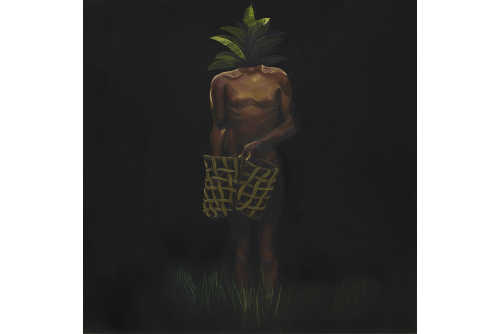
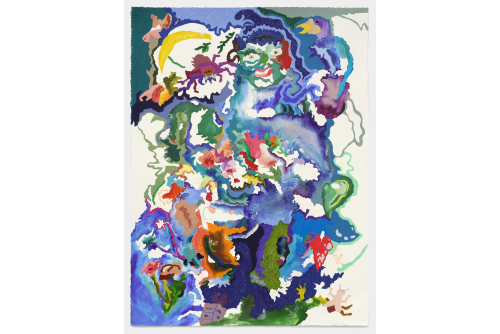


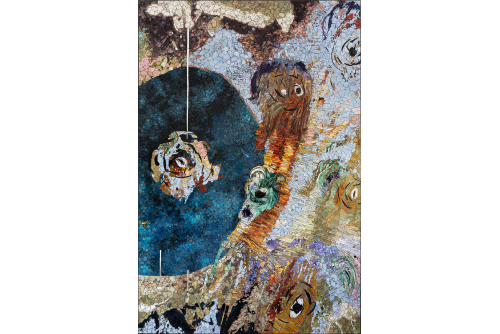

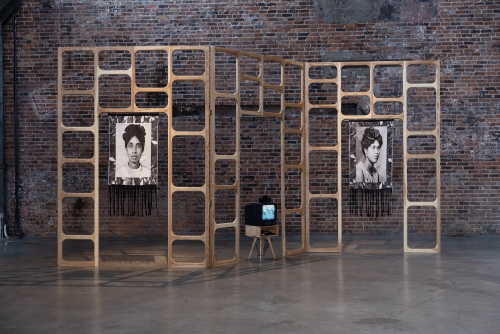
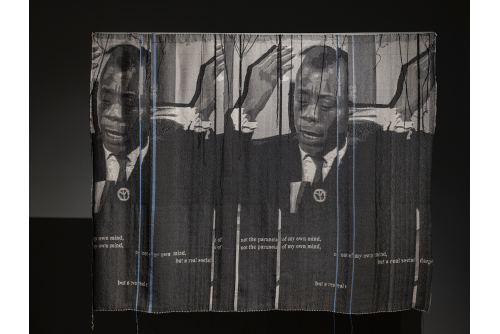
![Karen Tam, Dreamstone VIII, 2024
Cast resin in wood frame [FRAMED]
91.4 x 56 cm (36” x 22”)
Karen Tam, Dreamstone VIII, 2024
Cast resin in wood frame [FRAMED]
91.4 x 56 cm (36” x 22”)](https://huguescharbonneau.com/wp-content/uploads/2024/10/TAM2024023-500x334.jpg)
![Karen Tam, Dreamstone VII, 2024
Cast resin in wood frame [FRAMED]
91.4 x 56 cm (36” x 22”)
Karen Tam, Dreamstone VII, 2024
Cast resin in wood frame [FRAMED]
91.4 x 56 cm (36” x 22”)](https://huguescharbonneau.com/wp-content/uploads/2024/10/TAM2024021-1-500x334.jpg)